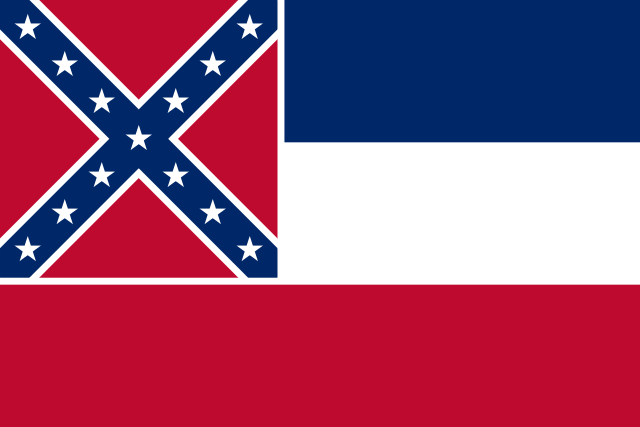Actuaries for the Mississippi Public Employees Retirement System (PERS) reported during a board meeting Tuesday that the system’s funding ratio had risen from 57.7 percent to 61 percent during the course of fiscal year 2013-14, which ended on June 30.
The actuaries also reported that unfunded liabilities had dropped for the first time in at least 10 years.
From the Associated Press:
With stock market gains replacing steep losses in the accounting ledger, Mississippi’s main public employee pension fund posted stronger results last year.
Actuaries reported yesterday to the board of the Public Employees Retirement System that the funding percentage — the share of future obligations covered by current assets — rose to 61 percent as of June 30 from 57.7 percent on the same date in 2013.
The unfunded accrued liability, the amount of money that the system is short of being fully funded, fell last year for the first time in at least a decade, from $15 billion to $14.4 billion.
The system now projects that at current contribution levels, it will take 29.2 years to pay off the unfunded liability, down from a 32.2-year projected repayment period in June 2013.
PERS Executive Director Pat Robertson said the improvement supports the argument that the pension system can reduce its shortfall with time.
“I think it means that as we’ve indicated in the past, that time and patience will help get us back on the right path,” she said. “Our focus is long-term and our investments on a long-term basis will sustain the plan.”
The improvement comes, in part, because the fund’s 5-year smoothing period ended in fiscal year 2013. From the Associated Press:
The improvement stems from recent stock market gains as well as the end of an accounting period covering losses from the 2008-2009 stock market meltdown.
Like most pension funds, actuaries smooth out gains and losses over five years, booking 20 percent of the gain each year. Parceling out gains and losses is meant to reduce the volatility of market returns. In the 2012-2013 year, the system booked the last of five $1.05 billion losses from the 2008-2009 stock market meltdown.
Without that drag on results, the smoothed, actuarial value of the fund went up to $22.6 billion. Without such smoothing, the fund was in reality worth $24.9 billion at June 30, aided by an 18.7 percent investment gain in the previous 12 months. The fund has now achieved above its long-term goal of 8 percent gains in four of the last five years, giving it a tail wind for actuarial purposes in coming years, even if the stock market continues its recent decline.
“Even if we had a loss this year, we have some reserves from those gains that just happened,” actuary Edward Koebel told the board.
PERS will not be decreasing contribution rates for employees or governments as a result of the funding improvement. That’s because contribution rates were frozen by the PERS board in 2012 in an effort to pay down the system’s shortfall more quickly.
PERS manages $25.4 billion in assets.
